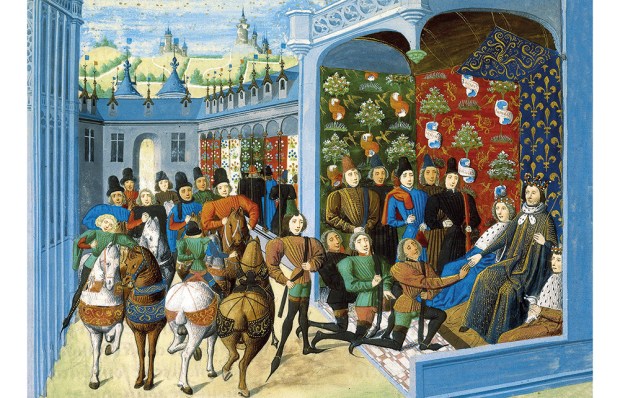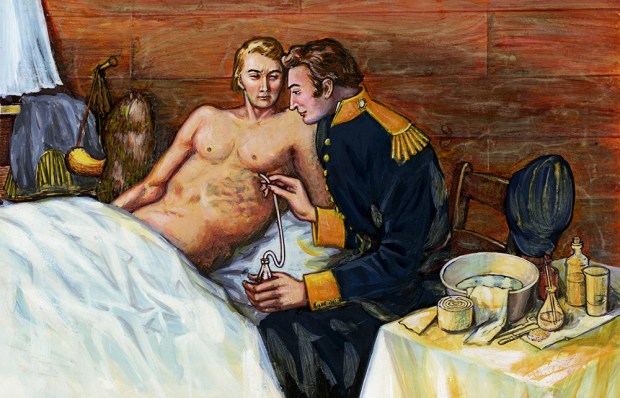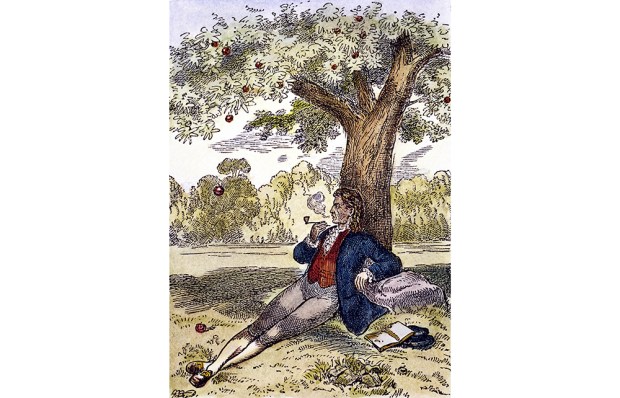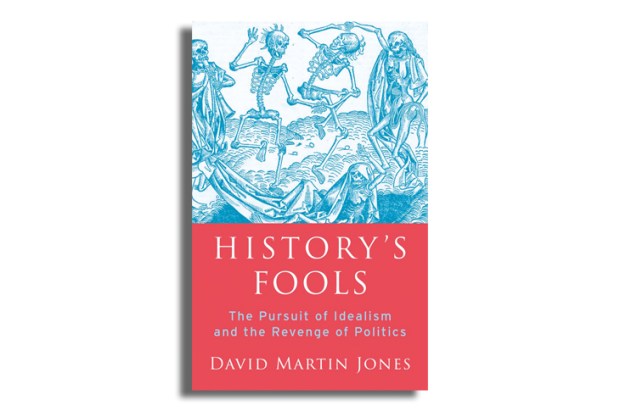It’s boom time for nomad history. It started some eight years ago, when Bloomsbury published a study of central Asia from an Oxford academic. This might have been a fringe book, but the author’s breadth of knowledge and analysis was exceptional, the narrative was gripping, the cover was beautiful and the publisher had high hopes, in spite of my quibbling review. Their punt paid off. Peter Frankopan’s The Silk Roads has sold more than two million copies and counting. It has also helped renew interest in central Asia, which had mostly been the preserve of travel writers and niche historians, including the great René Grousset.
Interest has been further stoked by politics, first China’s Belt and Road Initiative and now the Russia-Ukraine war. Since 2017, a series of books has included Warwick Ball’s dry but insightful The Eurasian Steppe, Nicholas Morton’s The Mongol Storm and my own Nomads. Bloomsbury now offers us another beautifully wrapped work, Empires of the Steppes.
The author, Kenneth W. Harl, is a professor of classical and Byzantine history in New Orleans. An expert on Roman coins, his plan is to present the steppe people from their own perspective, show how their empires came together and how, in the process, they changed their world and shaped ours. The narrative covers some 4,500 years, ending with the death of Timur, or Tamerlaine, in the early 1400s.
This is rich terrain that has been covered in some way or another by historical narratives since before Edward Gibbon put pen to paper. What has changed in recent years – and this was something that Frankopan recognised – is our understanding of the early steppe nomads and their empires, in part because the internet has made Russian, Chinese and other sources more accessible and, perhaps more important, because of ongoing archaeological work. Nomads tend to leave few physical traces and even fewer written records, but examinations of their burial mounds have provided revelations, as the British Museum’s 2017 Scythian exhibition showed so beautifully.
The Scythians and their contemporaries, the Saka, Sogdians, Xiongnu and others, are the jumping-off point for any narrative of the steppes, because the material on earlier steppe people is still too thin. The Greek historian Herodotus gives us a good grounding in Scythian manners and customs, including their penchant for alcohol and what seems to have been marijuana. But these were powerful people who defeated and killed the Persian emperor Cyrus the Great and then stared down his successor Darius. Harl brings in recent work on linguistics to show the spread of Scythian influence.
The notable characters of steppe history remain the same as in the 18th and 19th centuries: Attila the Hun, Genghis Khan and Timur. The Mongol ruler Genghis Khan created the greatest empire the world had seen and it was maintained and enlarged by his sons, among them Kublai Khan of ‘Xanadu’ fame. One of the standout passages of the book relates not to Kublai but his father, who besieged Xanadu, or Zhongdu as it is more properly known, for almost a year. When the city of a million people finally fell, the Mongol leader ordered it to be destroyed. Harl calls this the Khan’s first large-scale civilian massacre. Among the casualties were some 60,000 virgins, who reportedly jumped to their deaths to escape the barbarians. What is not explained so well is that such extreme violence was an attempt to avoid similar sieges. Every nomad fighter travelled with several horses and these had to be fed: long sieges made fodder hard to find. The massacres were intended to terrify other cities into surrender.
There is no doubting the range and depth of Harl’s knowledge of steppe history, nor his eye for the telling detail, as, for instance, the reason why horses from the Ferghana Valley (which lies mainly in present-day Uzbekistan) were so coveted. The Chinese called them ‘heavenly horses’, and Harl explains that the valley was rich in muscle-building selenium. The book also looks beyond the trilogy of Attila, Genghis Khan and Timur to describe the range of other steppe powers that rose and fell over the centuries.
The bulk of the material comes from a successful online lecture series that Harl has created. It makes for a solid and occasionally inspired textbook. But readers of historical narratives need compelling threads to keep their attention over, in this case, more than 500 pages. We want an understanding of the motivation of the main characters, some showing alongside the telling, and analysis to draw out the meaning of the story. All that is in short supply. I was hoping to love this book and was looking forward to riding across the steppes and through the centuries, but for much of it I found myself longing for the journey to end.
Got something to add? Join the discussion and comment below.
Get 10 issues for just $10
Subscribe to The Spectator Australia today for the next 10 magazine issues, plus full online access, for just $10.
You might disagree with half of it, but you’ll enjoy reading all of it. Try your first month for free, then just $2 a week for the remainder of your first year.














Comments
Don't miss out
Join the conversation with other Spectator Australia readers. Subscribe to leave a comment.
SUBSCRIBEAlready a subscriber? Log in